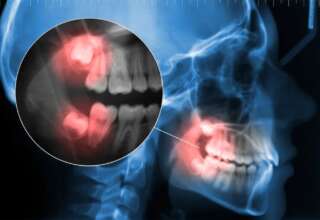
Your tooth receives its nutrition and blood supply through the pulp. The nerves and vessels enter the pulp through the root apex. Any infection in your tooth may extend to the root apex causing inflammation that requires extensive treatment like root canal therapy. However, when the infection spreads beyond the root tip, a procedure called apicoectomy is performed.
Apicoectomy is performed by dentists in Kelowna BC, and their team offers relief from painful symptoms and prevents the spread of infection to other teeth.
What is apicoectomy?
Apicoectomy, also known as root end surgery, is a minor endodontic procedure that involves the removal of the infected root tip, and preparation of a root end cavity that is filled with a biocompatible material.
This procedure seals the apex to curb the infection and prevent its spread to other diseases.
Why is apicoectomy performed?
An apicoectomy may be recommended when the infection persists even after root canal treatment. The purpose of this surgical procedure is the eradication of any residual infection and the ultimate preservation of the tooth function.
The reasons why an apicoectomy may be necessary are mentioned below.
- Small adjoining root branches
- Most often roots may consist of tiny branches that cannot be sealed by root canal treatment.
- Blocked root canals
- Sometimes your dentist may not be able to completely clean a root canal since it may be blocked due to a fractured file during RCT.
- Narrow or curved canals
- Poorly shaped root canals cannot facilitate proper preparation of the canals, and the endodontic files cannot reach the root tip.
How is apicoectomy performed?
Your dentist will initially evaluate your affected tooth and take panoramic X-rays to plan the apicoectomy. You may be prescribed antibiotics or anti-inflammatory medications to treat the underlying infection before you are scheduled for surgery.
The procedure is as follows:
- Your dentist will numb the area with a local anesthetic solution.
- A small cut (incision) will be made in the gum near the affected tooth.
- The root will be exposed by lifting the gum flap.
- A tiny fraction of the jawbone may be cut out for clear access to the tooth root.
- The edge of the root tip and infected tissue will be removed with special ultrasonic instruments.
- The root will be sealed with filling material, and the dentist will close the gum incision through sutures.
- Your dentist will instruct you about all the necessary precautions and pain medications will be provided.
If you continue to experience painful symptoms of persistent infection even after an RCT, it is advisable to seek dental help to evaluate the cause and undergo apicoectomy if needed.












